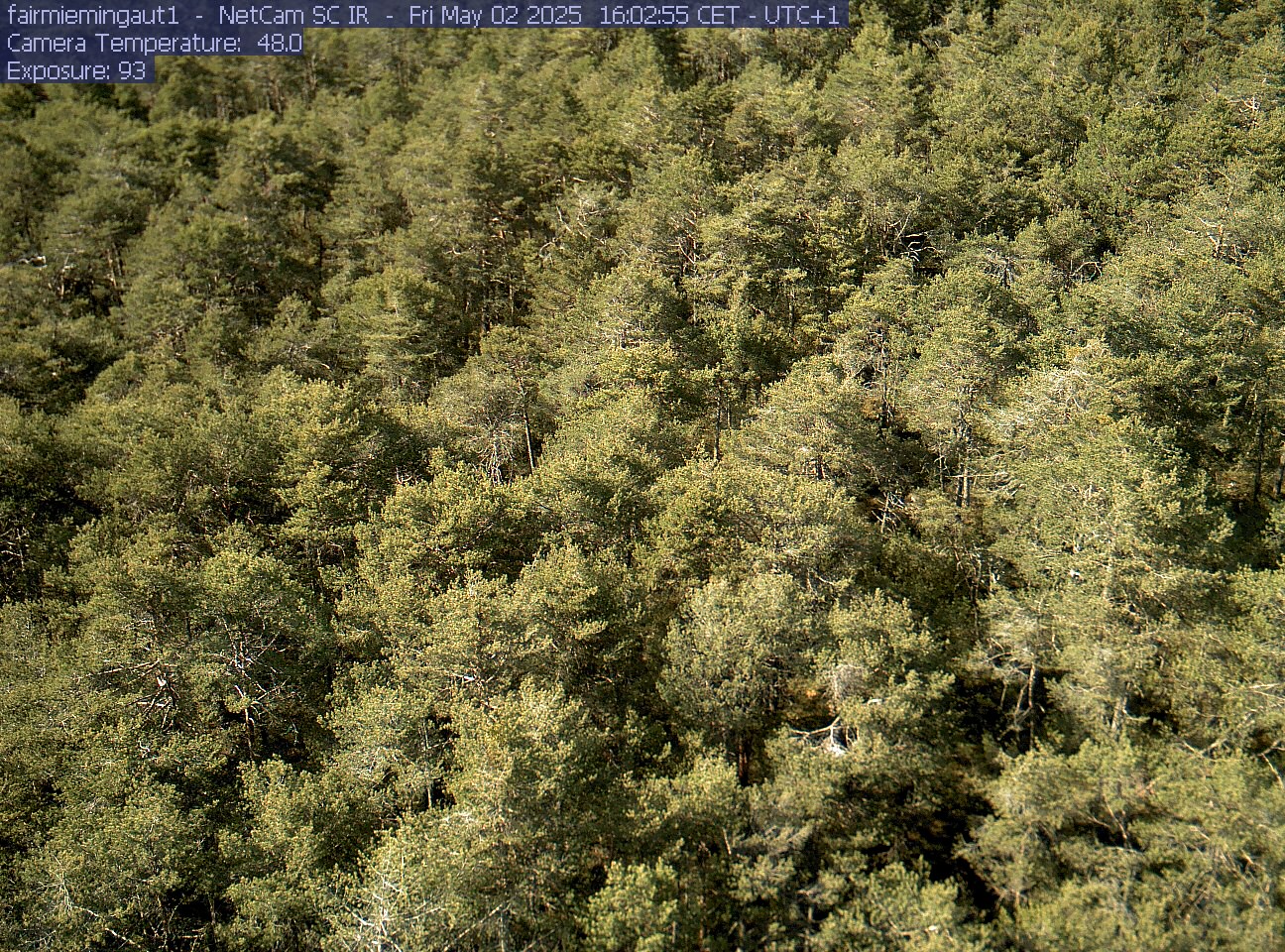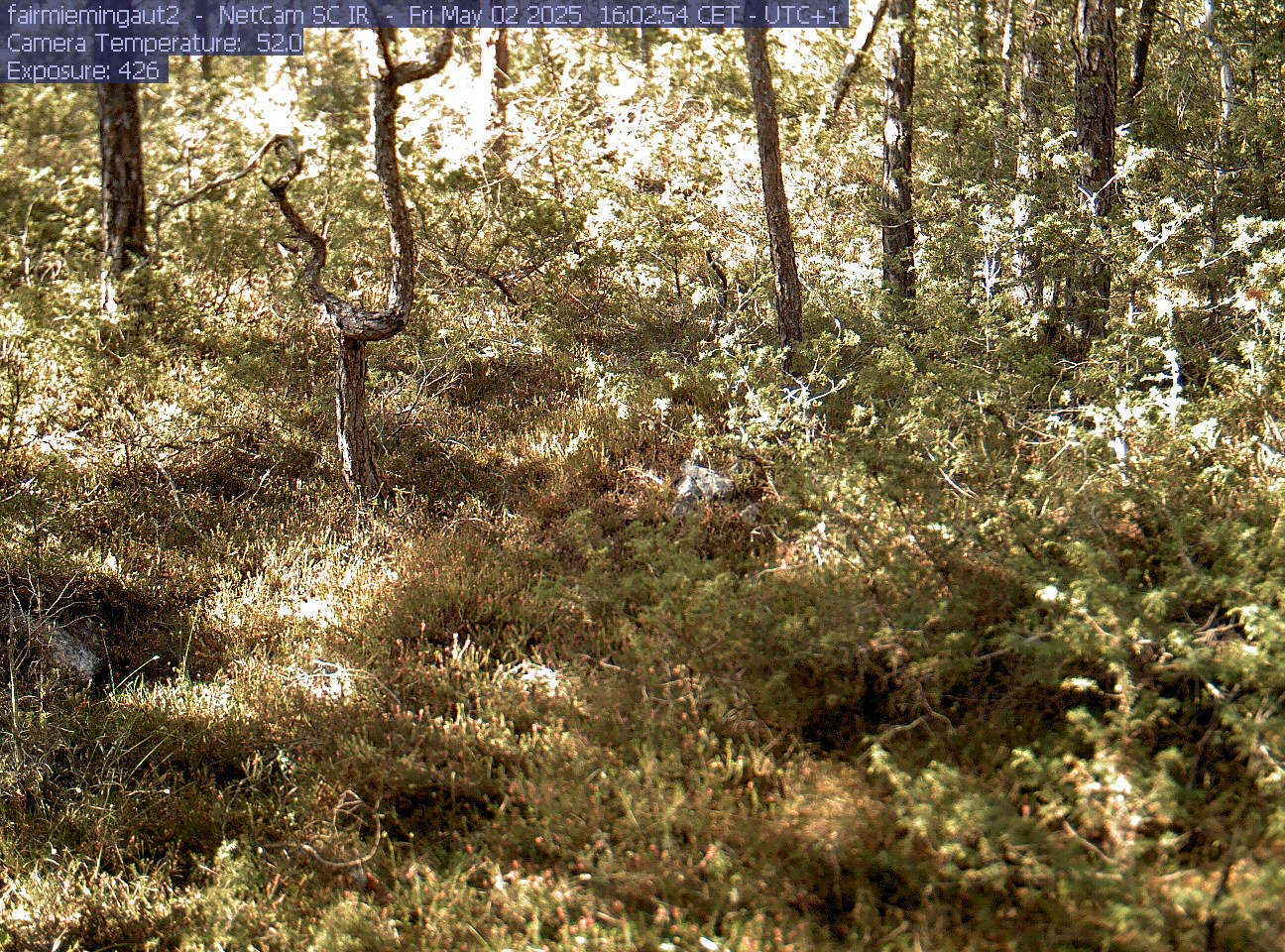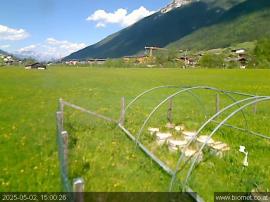Research
Our research activities currently revolve around three main threads:
- using a multiple constraints approach based on joint measurements of active and passive chlorophyll fluorescence, carbonyl sulfide and carbon dioxide flux measurements in order to better constrain gross primary productivity of terrestrial ecosystems,
- the trace gas (CO2, CH4, N2O, COS, CO and several VOC), H2O and energy exchange of terrestrial and aquatic ecosystems as affected by land use and climate, and
- the fusion of proximal sensing and eddy covariance flux measurements through a combination of inverse radiative transfer and footprint modeling.
To study these topics we use a blend of experimental methods and modelling approaches. Most of these are based on micrometeorological theory, but we also employ methods and use theory from the fields of plant ecology, ecophysiology, biochemistry and soil physics.
Our study sites are situated mainly in the Alps, where we study various terrestrial and aquatic ecosystems.
For 20 years we were responsible for running the long-term measurements at the FLUXNET (site code: AT-Neu) Neustift. Neustift continues to be an affiliated site in the PhenoCam network. Even though the site has been decomissioned in 2021, data continue to be freely available from the European Fluxes Database Cluster or upon request – see here for a list of publications in international, peer-reviewed publications that have made use of the data from Neustift.
Since 2021, we have started measurements at the FAIR site, a Scots Pine forest some 30 km to the west of Innsbruck – see the dedicated webpage for this site here. The FLUXNET identifier for the FAIR site is AT-Mmg and data will be made freely available at the European Fluxes Database Cluster in due course.
Within the frame of collaborations we also have conducted research at other sites, e.g. various desert ecosystems in Nevada/USA, Järvselja forest in Estonia or Castelporziano forest in Italy.







